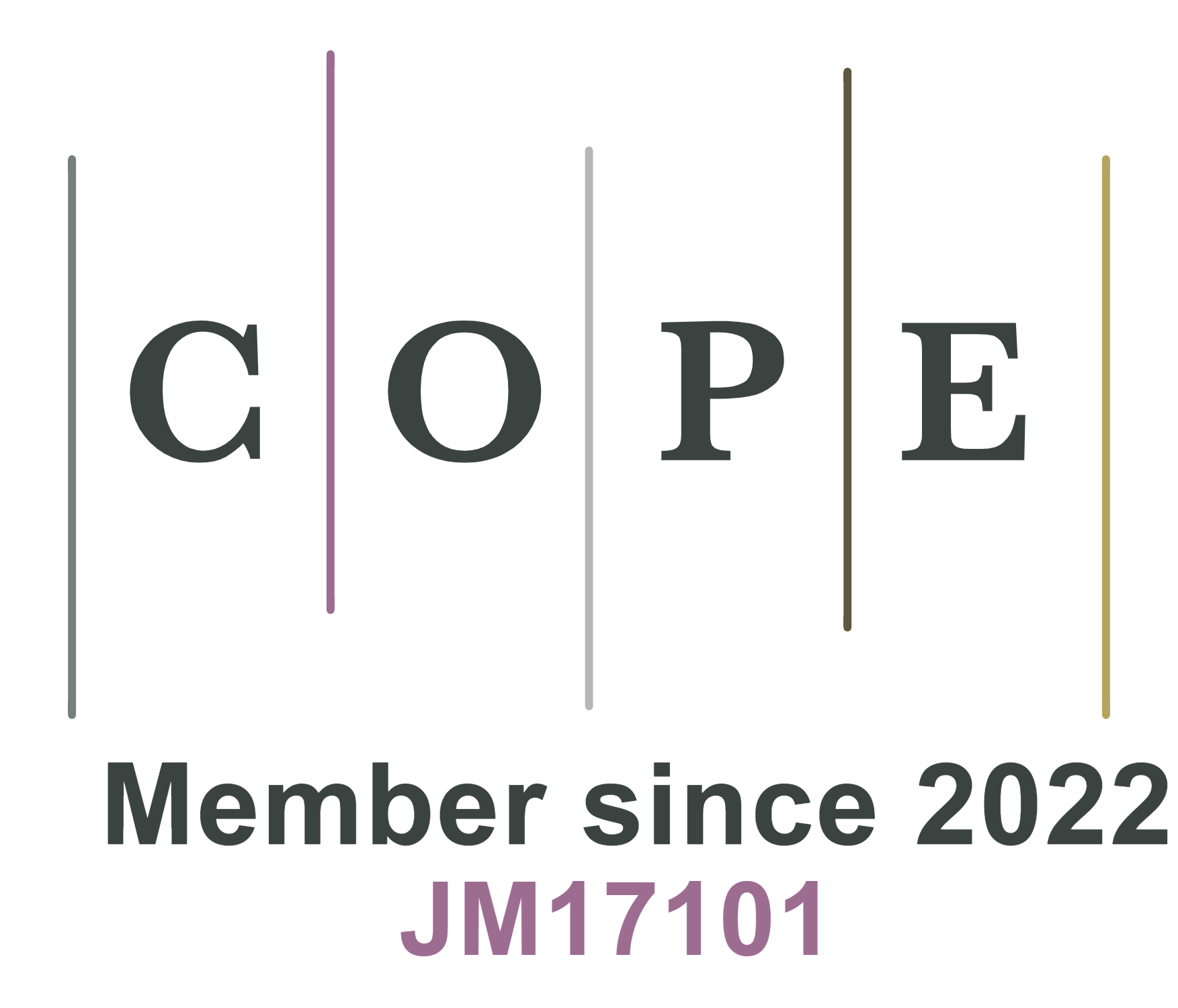Phosphorus-based anodes for fast-charging lithium-ion batteries: advances, challenges and prospects
Abstract
The electrification of transportation and the proliferation of portable electronics demand high-performance lithium-ion batteries (LIBs) that deliver both high energy density and long cycle life under fast-charging conditions. However, commercial graphite anodes generally suffer from intrinsic limitations in rate capability due to their sluggish Li+ diffusion kinetics and low lithiation potential. The resulting anode polarization at high charging rates can lead to Li plating, causing performance degradation and inducing safety hazards. Over the past decade, phosphorus (P)-based anodes have emerged as promising alternatives owing to their high theoretical specific capacities, low Li+ diffusion energy barriers, moderate lithiation potentials that circumvent Li plating, and natural abundance. This review systematically discusses recent advances in the development of fast-charging P-based anodes. Fundamental insights into their structural characteristics, lithium storage behaviors, and reaction mechanisms are first presented. Key challenges are then summarized, followed by an in-depth analysis of major optimization strategies to overcome these limitations. Finally, future research directions are outlined to guide the rational design and scalable development of high-performance P-based anodes for next-generation fast-charging energy storage systems.
Keywords
Lithium-ion batteries, phosphorus-based anodes, fast charging, energy density, cycle life
Cite This Article
Tang H, Yue L, Mu X, Xia H, Zhou H. Phosphorus-based anodes for fast-charging lithium-ion batteries: advances, challenges and prospects. Energy Mater 2025;5:[Accept]. http://dx.doi.org/10.20517/energymater.2025.109













